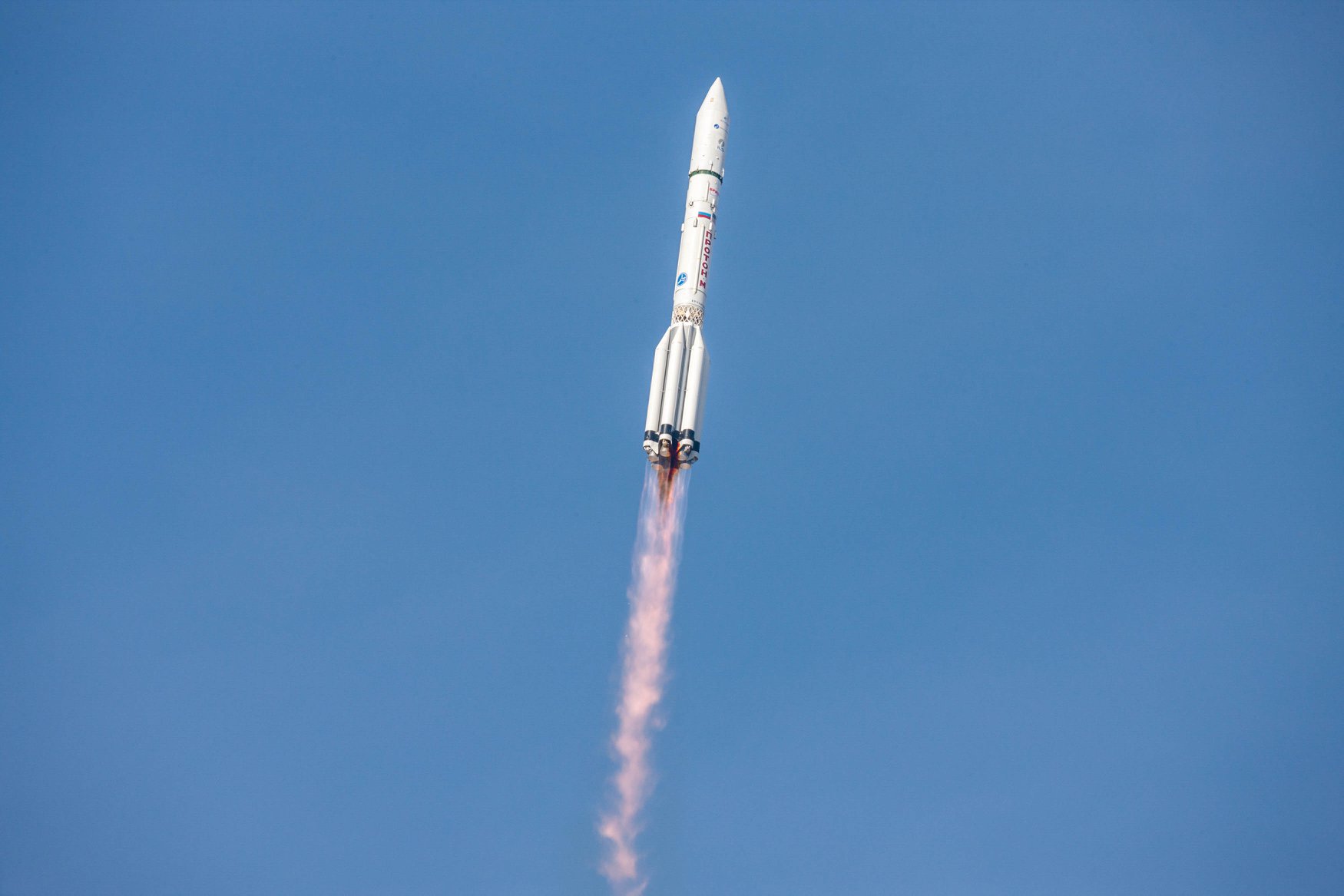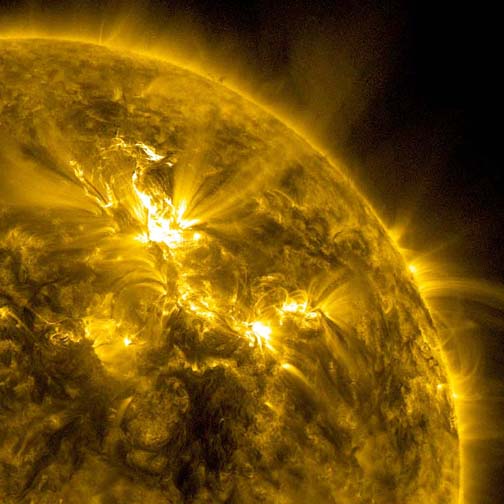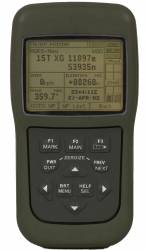The newest EGNOS satellite is aloft. Eutelsat’s 5 West B satellite was successfully launched from Kazakhstan on October 9. Among other payloads, the 5 West B carries a GEO-3 payload of the European Geostationary Navigation Overlay System (EGNOS), Europe’s regional satellite-based augmentation system (SBAS). The satellite will support EGNOS V3, the next generation of the EGNOS program.
Testing of the EGNOS GEO-3 payload should start in another week. Eutelsat hosts the payload under a 15-year agreement signed in 2017 with the European GNSS Agency (GSA), and valued at €102 million. By the end of 2019, EUTELSAT 5 West B will be positioned at 5° West to replace EUTELSAT 5 West A, assuring service continuity for over 300 TV channels broadcast from this position. EUTELSAT 5 West A will remain operational in orbit at 5° West and carry out other missions.
EGNOS V3, which will become available in 2024 and will also augment Galileo starting in 2025,
will augment both GPS and Galileo in the L1 and L5 bands, providing additional SBAS service capabilities through a new SBAS channel on L5. It will also deliver increased EGNOS service availability within and beyond the EU Member States.
Currently operating EGNOS V2 has improved positioning accuracy by GPS in a range of sectors; , from precision agriculture and shipping to aviation, with principal use by civil aviation, shipping and transport companies. It provides a crucial integrity message and transmits an accurate timing signal. It improves user position accuracy from 1 to 2 meters horizontally and 2 to 4 meters vertically. It also informs the user of the operating status of the geolocalisation system. In the event of a malfunction, an alert is sent in less than 6 seconds.
The next GEO-4 payload is under procurement.
EGNOS uses GNSS measurements taken by reference stations deployed mainly across Europe and North Africa. These measurements are transferred to a central computing center where differential corrections and integrity messages are calculated. These calculations are then broadcast over the covered area using geostationary satellites that serve as an augmentation, or overlay, to the original GNSS message.
Built by Airbus Defence and Space and Northrop Grumman, EUTELSAT 5 West B will mainly serve markets in Europe and North Africa from the key 5° West orbital position, providing business continuity via a Ku-band payload of 35 equivalent 36 MHz transponders.






